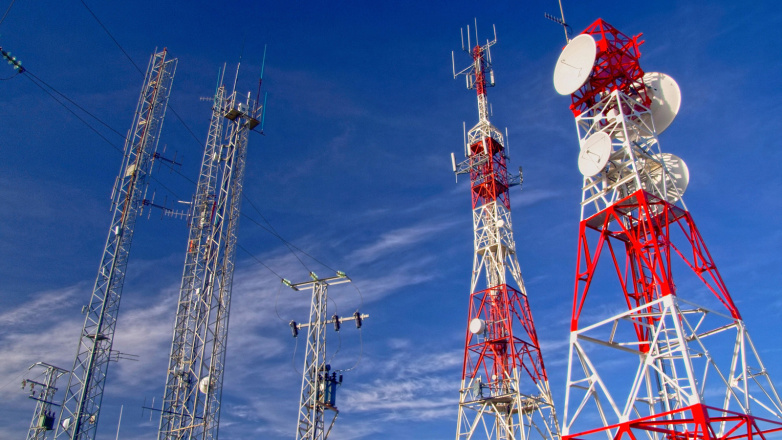What is the safest distance from your 5G cell Tower?

If you've ever wandered through a city, you may have seen tiny mini 5G cell towers on street light poles. They look like little boxes, but they're actually broadcasting wireless signals from cellular providers to your mobile.
They are replacing larger built cell towers. Although they're not as visible but they can still cause problems for people.
what is a safe distance from a cell tower of the FCC's Radiation Exposure Thresholds
The FCC's Radiation Exposure Thresholds establish the safe distance that one can expose to electromagnetic energy from wireless devices. The limits for exposure are based on research which show that the energy of RF could cause harm to health.
The specific absorption rate (SAR) is a measure of the radiofrequency energy absorbed by tissue. It's typically 1.6 Watts per kilogram calculated over one Gram of tissue.
However, because 5g transmits at higher frequencies this could be able to increase the intensity of energy on the skin and other directly-exposed body parts. This can lead to many possible harms, such as an increase in formation of skin disorders such as dermatitis, cataracts and skin cancer.
Due to the potential for severe effects of 5g radiation, PSU has chosen to create a general power density limit of 4 mW/cm2 measured on 1cm2, and not to exceed 30 minutes for the entire 5G spectrum at 3000 GHz. This limit for localization is in line with the highest SAR that is spatially averaged at 1.6 W/kg, which is averaged over 1 5 grams of body tissue, at 6 GHz.
The FCC's Maximum Exposure Thresholds for Maximum Exposure
If you've ever used a mobile phone, then you're aware that the safest location from the tower is around 400 meters away. what is a safe distance from a cell tower is due to the transmitting power of the cell tower is significantly increased the further the tower is.

Although this may sound like something that's good but the truth is that those living close to towers might be more prone to health issues. For instance, a study conducted in 2014 in India discovered that people who lived within 50 meters from cell towers suffered significantly more health complaints than those who were far from antennas.
But, the study showed that residents who moved into areas farther away from cell towers noticed their symptoms improve within a few days. Other studies have shown that exposure to high frequencies of radiofrequency electromagnetic fields (EMFs) can lead to cancer, brain tumors and other health issues.
This is due to the fact that RF radiation, used in wireless communication, can be absorbed by the body's outer layer, which is the skin. This is important to understand since the skin functions as a barrier to protect against injury to the body, infection caused by pathogenic microorganisms and entry of toxic substances. It is also the most important organ of the human body and is responsible for keeping the integrity of the other organs.
what is a safe distance from a cell tower for the Minimum Exposure
The FCC's Minimum Exposure Thresholds are based on a variety of assumptions that aren't supported by scientific evidence. These include the erroneous assumption that exposures of a short duration to RF radiation are safe because of the minimal absorption into body (i.e. thermal heating of tissue).
The assumption is also ignoring the deeper penetration of the ELF components of modulated RF signals and the consequences of brief bursts of heat from pulsed RF waves. These assumptions are not in line with current knowledge of the biological effects of RF radiation. Therefore they should not be relied upon for health-protection exposure guidelines.
Furthermore to that, ICNIRP and FCC are limiting their radiation limits for local peak SARs, based on the maximum spatial specific absorption rate (psSAR), which can be described as an inadequate dosimetric tool to determine the degree of exposure to RF radiation. In particular, psSAR is inaccurate for frequencies above 6 GHz. Furthermore, psSAR has not been tested for RF radiation exposed to other environmental agents , such like sunlight. Interactions of RF radiation with other environmental agents may result in antagonistic or synergistic results. This can lead to an increased risk of negative health adverse effects. For instance, exposure to RF radiation and sunlight could raise the chance of skin cancer, as well as aggravate other skin disorders, such as acne.
